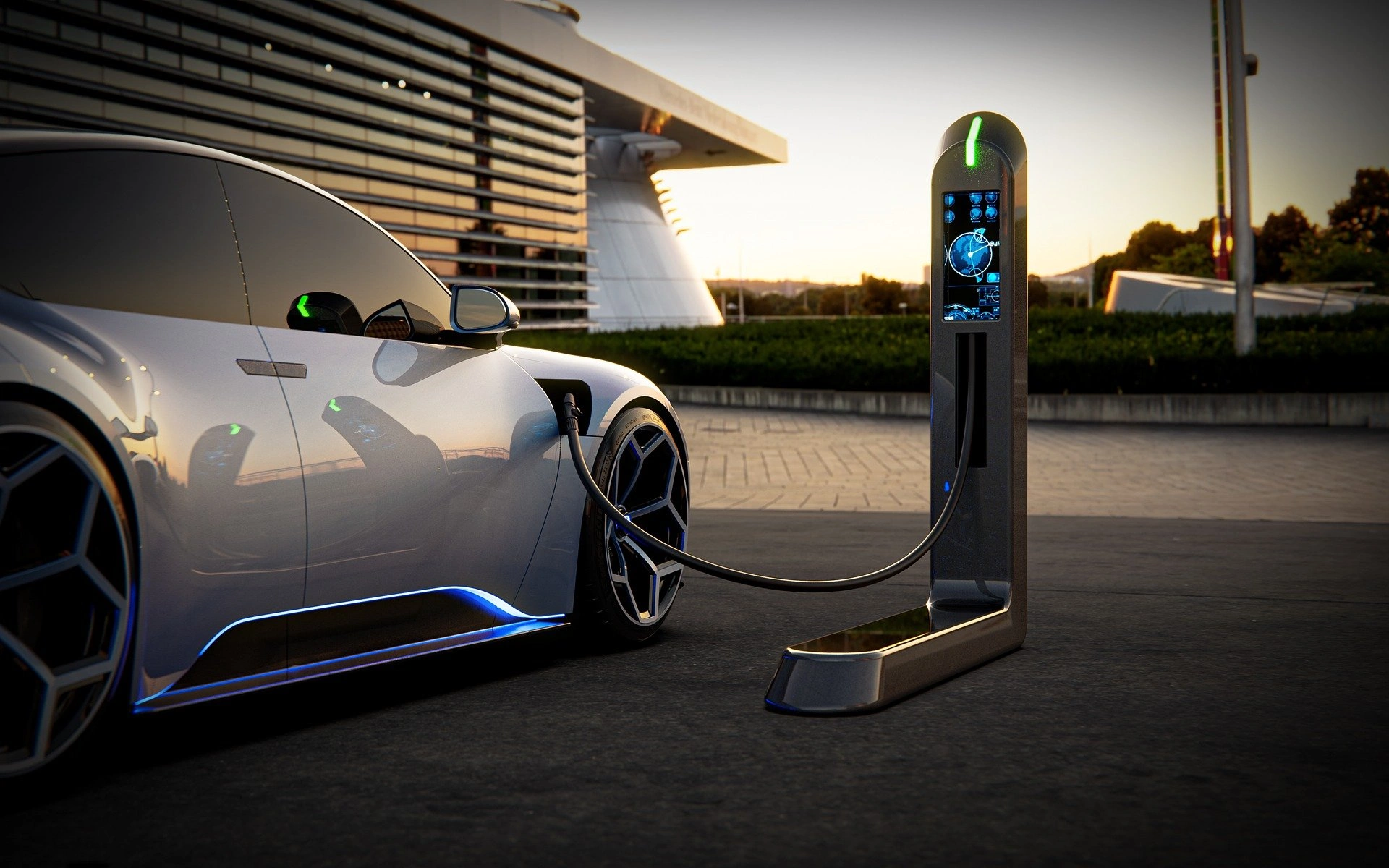As electric vehicles (EVs) continue to surge in popularity, one crucial aspect of their adoption remains at the forefront of industry discussions: charging infrastructure. The convenience and accessibility of charging stations play a pivotal role in alleviating range anxiety and making EVs a viable option for more drivers. Let’s explore how EV charging infrastructure is evolving and what we can expect in the coming years.
The Current Landscape
Today’s EV charging ecosystem consists of three primary levels of chargers:
- Level 1 Chargers: Standard 120V household outlets that deliver 2-5 miles of range per hour of charging
- Level 2 Chargers: 240V outlets that provide 10-30 miles of range per hour
- DC Fast Chargers: High-powered stations delivering 60-80% charge in 20-30 minutes
While public charging stations have increased significantly—with over 150,000 stations now available across the United States—coverage remains uneven. Urban areas enjoy relatively good access, while rural regions and interstate highways still face significant gaps.
Emerging Technologies
Several technological advancements are poised to transform EV charging:
Wireless Charging
Imagine parking your vehicle over a charging pad without plugging in any cables. Companies like WiTricity and Plugless Power are pioneering inductive charging systems that transfer power through electromagnetic fields. Though currently slower than wired alternatives, wireless charging could eventually become standard in parking garages, shopping centers, and even embedded in roadways for on-the-go charging.
Ultra-Fast Charging
Next-generation charging stations are pushing the boundaries of speed. Companies like Tesla, Electrify America, and EVgo are deploying 350kW chargers capable of adding 200+ miles of range in just 15 minutes. As battery technology evolves to handle these higher charging rates, the time difference between refueling a gas vehicle and charging an EV will become negligible.
Battery Swapping
Companies like Nio in China have revived the concept of battery swapping, where depleted batteries are quickly exchanged for fully charged ones. This process takes less than five minutes and offers an intriguing alternative to traditional charging, particularly for fleet vehicles and taxis.
Infrastructure Expansion
The growth of charging networks depends on several factors:
Government Initiatives
Federal investments like the $7.5 billion allocated in the Infrastructure Investment and Jobs Act are accelerating charging station deployment nationwide. States are complementing these efforts with their own incentives and regulations, like California’s requirement for all new passenger vehicles to be zero-emission by 2035.
Utility Company Involvement
Power companies are increasingly viewing EV charging as a major opportunity. Many are installing charging stations, offering special EV electricity rates, and upgrading grid infrastructure to handle increased demand. Smart charging programs that incentivize off-peak charging are helping to balance grid load.
Public-Private Partnerships
Collaborations between automakers, charging networks, and retail businesses are expanding access to convenient charging. Many retailers now recognize that charging stations can attract customers who shop or dine while their vehicles charge.
Challenges Ahead
Despite promising developments, several obstacles remain:
- Grid Capacity: Widespread EV adoption will require significant electrical grid upgrades
- Standardization: Competing charging connectors and payment systems create confusion
- Maintenance: Ensuring reliable operation of charging stations demands regular upkeep
- Equity: Ensuring charging access in disadvantaged communities remains a concern
The Road Ahead
The future of EV charging infrastructure looks increasingly bright. By 2030, experts predict the U.S. will need approximately 1.2 million public and workplace chargers to support projected EV growth. With continuing technological improvements, expanding networks, and decreasing installation costs, the vision of ubiquitous charging—where drivers can easily charge wherever they park—is becoming more realistic.
For prospective EV buyers, these developments signal an end to range anxiety and the beginning of a new era where charging becomes as convenient as plugging in a smartphone. The gas station model is gradually being replaced by a distributed network of charging options that better integrate with our daily lives, fundamentally changing how we think about “refueling” our vehicles.
The article was generated by AI

